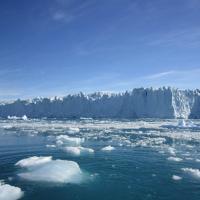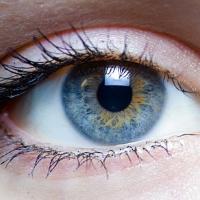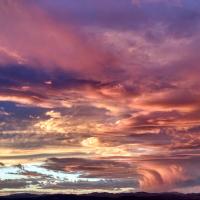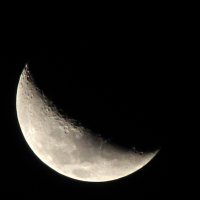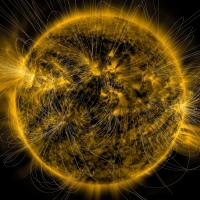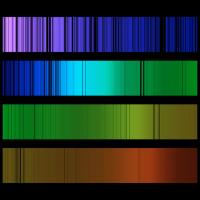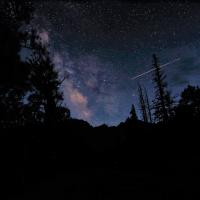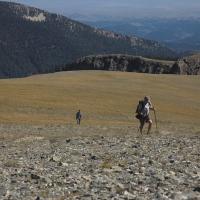How do we see color? In this activity students release the colors in the rainbow through the action of bending light in a water prism.
Lesson Plans
Want to schedule a virtual visit for your classroom with a Great Basin National Park ranger, Great Basin Observatory scientist, or a Reach for the Stars Educator? Please complete at least three of our lessons with your students, and then reach out to request a visit.
Like what you see and live nearby? Sign up for a training or classroom visit.
Did you know you there are different types of ice on the planets and moons in our solar system? Test your observation skills by using clues to identify different types of ice based on their...
Did you know our eyes actually see everything upside down and backwards? Learn about light properties, how our eyes see, and how early telescopes and early cameras work by making your own camera...
White light has the rainbow hidden within it, but so does black. Understand why with this hands on activity.
Make your own water balloon impact craters and use math to understand how scientists use crater clues to study our solar system.
Why does the moon change shape throughout the month? By modeling a moon rotating around yourself as Earth, students learn moon phases in a kinesthetic fashion that for many will finally make sense...
The sun is like a giant electromagnet! In this activity students will explore how the sun’s electromagnetic properties interact with Earth’s magnetic sphere, including the effects of solar storms...
After doing the Build a Spectrograph and Use your Spectrograph activities your students can use real spectra lines to determine what makes up three mystery stars.
Explore the National Parks of the United States and learn their purpose. Teach students about the beautiful world around them and inspire them to help protect it. Do the Engineering a World...
What’s a better way to learn landforms than to create them? Playing with homemade Playdough students will create models to understand the different landforms found in the world and in their cities...
